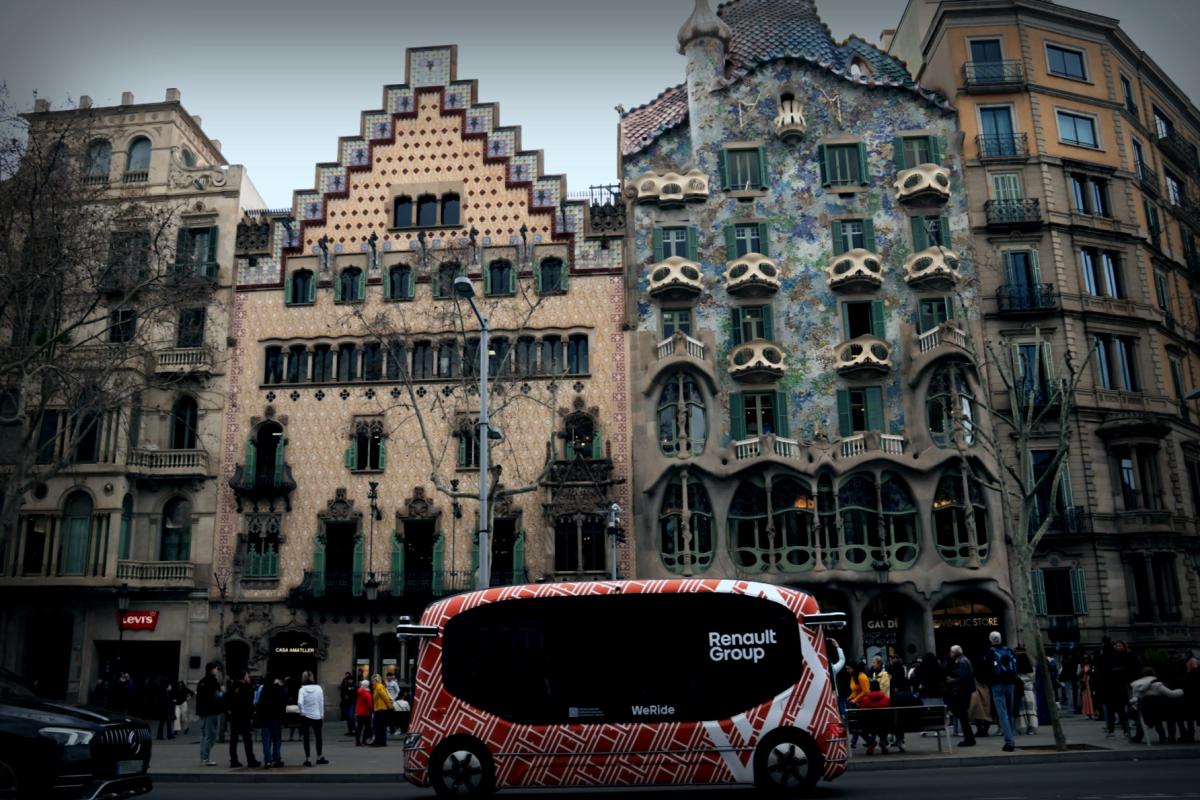When it comes to the future of self-driving vehicles, names like WeRide, Pony AI, and Waymo might not ring a bell for most folks. Still, they represent a shift toward autonomous mobility—a holy grail for the automotive sector, with prospects of making billions for those who excel in this technology. Even though widespread adoption is not just around the corner, both the U.S. and China are aggressively pushing trial runs of this game-changing tech. Just last year, General Motors decided to pull out of the robotaxi sector due to the hefty costs involved.
Many of the currently active projects are closely tied to major tech corporations or government backing. For instance, WeRide, which has support from the Chinese authorities, recently announced it would begin tests in Singapore’s Punggol area, aiming to launch a robotaxi rental service by early 2026. Another player, Pony AI, plans to enter the same market, encouraged by the city’s ambition to add autonomous rides to its public transportation system.
In the United States, Waymo, a subsidiary of Alphabet (Google’s parent), is already running robotaxis in cities like San Francisco and Los Angeles. In Austin, Texas, Elon Musk’s Tesla has begun offering rides to customers in a driverless vehicle—a major breakthrough for the company, which sees its future equal growth in the robotaxi sector as a crucial part of its business. So much so, that Tesla has proposed an incredible $1 trillion bonus for Musk to concentrate solely on his work with the company, nudging him to downplay his political involvements that have impacted the brand. To access this bonus, Musk has hefty targets, including deploying one million robotaxis on the streets. Meanwhile, Uber revealed plans in July to roll out a fleet of 20,000 fully autonomous vehicles by between 2026 and 2032, working with companies like Lucid and Nuro.
Across the pond in Europe, initiatives like Moia—a Volkswagen subsidiary—are blooming. The company recently showcased its first self-driving car, the ID. Buzz AD, intended for mobility services, at the Munich Motor Show. With aspirations to start scaling up its autonomous system by 2026 with plans for the European and American markets, Moia’s tech has its roots in Mobileye, an Israeli firm Intel acquired for $15.3 billion in 2017.
As stated by Volkswagen Group CEO Oliver Blume, these self-driving ID. Buzz vehicles constitute a fully integrated package, blending advanced tech, a sleek vehicle line-up, strategic fleet management, and a user-friendly booking system—all aimed at making Volkswagen a competitive player in this lucrative global sector, starting with Hamburg.
However, an expert from the consulting firm Ayming, Donia Razazi, notes that the mass adoption of autonomous cars is still a work in progress. “While Moia’s efforts in Hamburg pave the way, there’s still quite some time until widespread adoption happens. European manufacturers are ready to invest, but challenges linger, and predictions suggest that the major uptake of this technology might not materialize until around 2030-2040,” she explains. Despite Musk’s historical dips in delivering on promises related to autonomous driving, Tesla continues to be a contender alongside rivals in China and the US.
Razazi points out that Europe still plays an important role in the grand race for self-driving vehicles, yet it’s evident that the US and China have outpaced its advancements in recent times. A key barrier appears to be differing regulations. While the EU has pushed forward with certain safety regulations for autonomous driving, each country retains its rules, making large-scale deployment tricky. In contrast, driverless taxis already frequent roads in areas like Arizona, California, and several Chinese cities.
Tensions Between China and the U.S.
The tension between the two superpowers presents another hurdle in the rollout of these innovative vehicles, as technological trade restrictions and tariffs could tangibly fragment progress, harming scalability efforts. ‘This also introduces a crucial new competition: who has control over the data generated by these vehicles?” Razazi notes.
He continues, “China and the US are essentially locked in a race, not just for immediate technology advancement but for who can become the dominant force in key markets such as Europe and the Middle East. Europe’s strong regulatory practices on data protection and AI might slow the entry of foreign competitors, requiring them to adapt to local standards.”
Sign up for our weekly newsletter to get more updates and insights from EL PAÍS USA Edition.





















